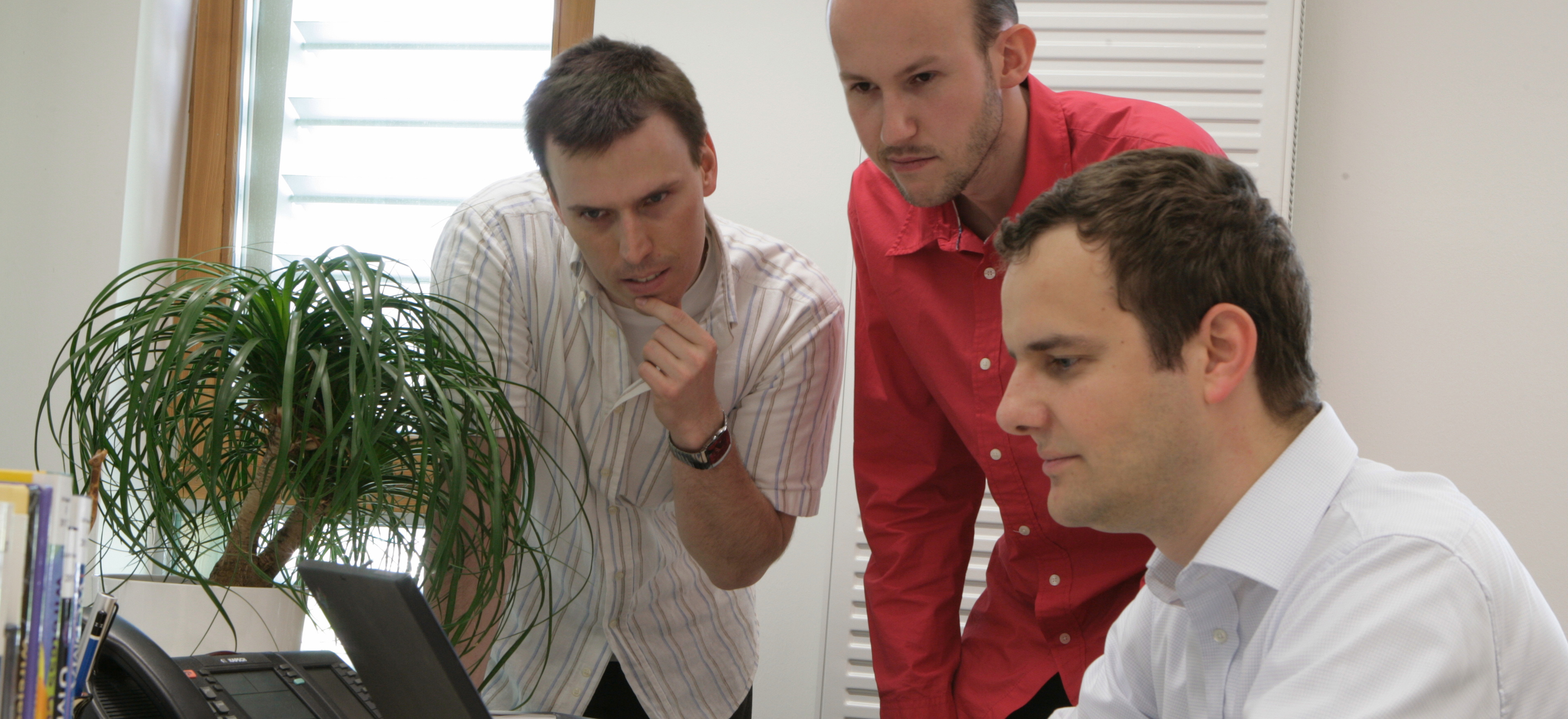
The key idea behind cooperation in wireless networks is that devices help each other to communicate messages properly over the air. When a transmitter sends messages to a receiver, adjacent devices can overhear these messages. If the direct transmission to the receiver fails, one of those devices can retransmit (“relay”) its message copy to the receiver. It was shown that such relaying can outperform standard communication techniques.
In practice, however, coordination protocols among the involved devices are needed, in particular solutions for relay selection and medium access control. Helmut Adam, Evsen Yanmaz, Christian Bettstetter, and Wilfried Elmenreich have been working on this challenge for four years. They specified and evaluated the COREMAC protocol targeted for low-budget and energy-constrained off-the-shelf hardware. The protocol located at the Medium Access Control (MAC) layer integrates radio resource reservation, relay selection, and packet flow.
“We believe that cooperative relaying will not be implemented in practice until protocols supporting the physical layer to exploit the benefits of relaying are designed and properly specified,” researcher Adam says. Bettstetter adds: “The challenge of designing a cooperative MAC protocol is to not have the overhead caused relay selection and other signaling traffic consume the benefits achieved.” The main concepts were patented and published.
Publications
Helmut Adam, Wilfried Elmenreich, Christian Bettstetter, and Sidi Mohammed Senouci:
CoRe-MAC: A MAC-Protocol for Cooperative Relaying in Wireless Networks.
In Proc. IEEE Global Communications Conf. (GLOBECOM), December 2009.
Helmut Adam, Evsen Yanmaz, and Christian Bettstetter:
Medium Access with Adaptive Relay Selection in Cooperative Wireless Networks.
IEEE Transactions on Mobile Computing, September 2014.




